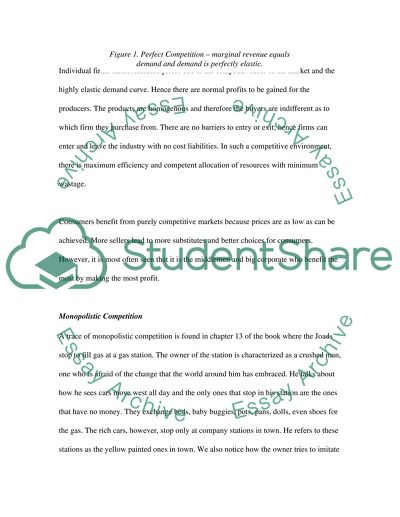Cite this document
(“Market Structures Analyses Essay Example | Topics and Well Written Essays - 1500 words”, n.d.)
Market Structures Analyses Essay Example | Topics and Well Written Essays - 1500 words. Retrieved from https://studentshare.org/miscellaneous/1509203-market-structures-analyses
Market Structures Analyses Essay Example | Topics and Well Written Essays - 1500 words. Retrieved from https://studentshare.org/miscellaneous/1509203-market-structures-analyses
(Market Structures Analyses Essay Example | Topics and Well Written Essays - 1500 Words)
Market Structures Analyses Essay Example | Topics and Well Written Essays - 1500 Words. https://studentshare.org/miscellaneous/1509203-market-structures-analyses.
Market Structures Analyses Essay Example | Topics and Well Written Essays - 1500 Words. https://studentshare.org/miscellaneous/1509203-market-structures-analyses.
“Market Structures Analyses Essay Example | Topics and Well Written Essays - 1500 Words”, n.d. https://studentshare.org/miscellaneous/1509203-market-structures-analyses.


